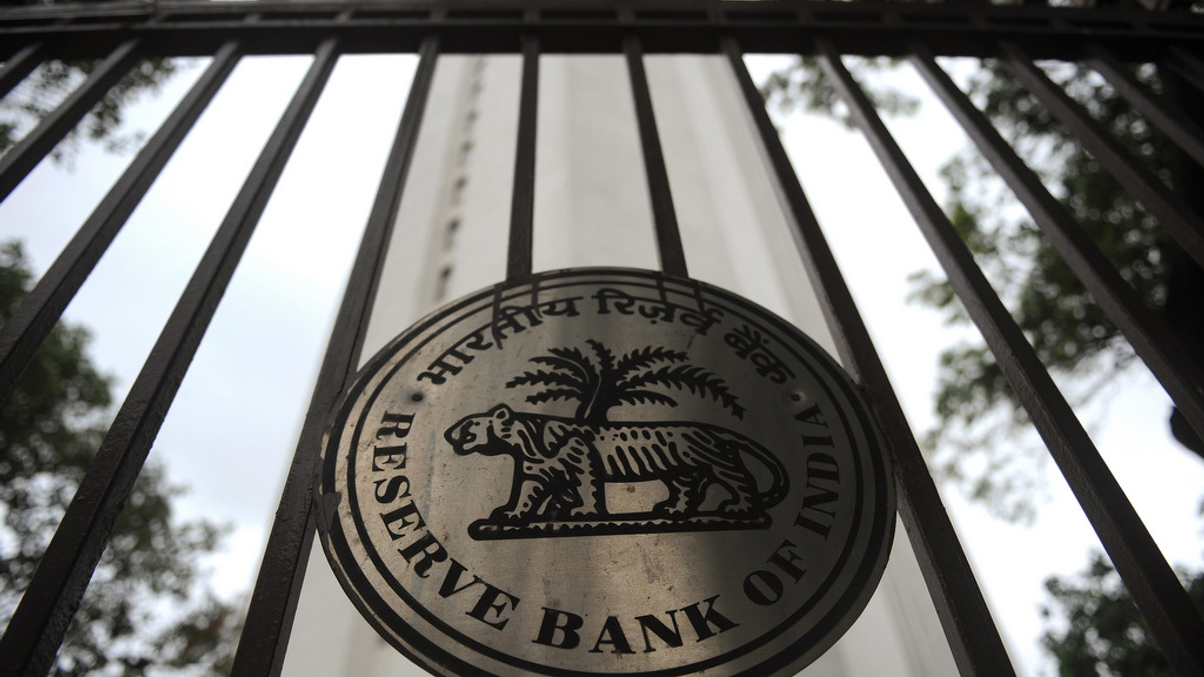India's central bank weighs investment options
Low government bond yields have driven the Reserve Bank of India to consider expanding into non-G7 sovereign debt and even investment grade paper, AsianInvestor hears.

AsianInvestor recently visited India’s central bank in Mumbai to discuss the markets, its interest in expanding into non-G7 sovereign debt and even into investment-grade global bonds.
Sign in to read on!
Registered users get 2 free articles in 30 days.
Subscribers have full unlimited access to AsianInvestor
Not signed up? New users get 2 free articles per month, plus a 7-day unlimited free trial.
¬ Haymarket Media Limited. All rights reserved.


